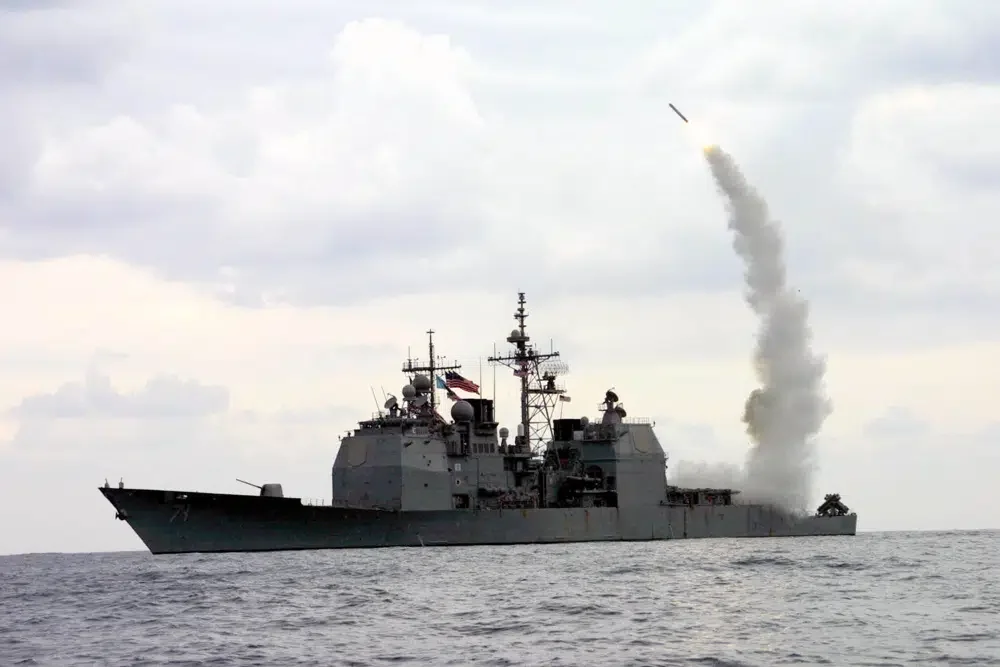What are Killjoy hypersonic missiles and how powerful are Putin’s weapons?
Russia claims to be equipping Yasen-class nuclear submarines with Zircon rockets as war in Ukraine drags on
Your support helps us to tell the story
From reproductive rights to climate change to Big Tech, The Independent is on the ground when the story is developing. Whether it's investigating the financials of Elon Musk's pro-Trump PAC or producing our latest documentary, 'The A Word', which shines a light on the American women fighting for reproductive rights, we know how important it is to parse out the facts from the messaging.
At such a critical moment in US history, we need reporters on the ground. Your donation allows us to keep sending journalists to speak to both sides of the story.
The Independent is trusted by Americans across the entire political spectrum. And unlike many other quality news outlets, we choose not to lock Americans out of our reporting and analysis with paywalls. We believe quality journalism should be available to everyone, paid for by those who can afford it.
Your support makes all the difference.Russia has fired its first hypersonic missile since the summer, the British Ministry of Defence has claimed, after months of building up a large stockpile in time for a winter attack on Ukraine.
The UK MoD claimed that Russia fired one of its Killjoy missiles at a Ukrainian air base west of Kyiv last Thursday. At the time, the Ukrainian air force said Russia had fired three hypersonic missiles, one at Kyiv and two at the Starokostyantyniv military air base, and they had shot down one.
It declined to comment on whether the two hypersonic missiles it failed to shoot down that day had caused damage to the military air base.
It is the first time Russia has fired a hypersonic missile since August, according to the MoD intelligence update.
In late November, Jens Stoltenberg, the Nato secretary general, warned that Russia was stockpiling missiles for a second winter-long missile campaign targeting critical infrastructure miles behind the frontlines in civilian-populated Ukraine.
He said that he expected to see “new attempts to strike Ukraine’s power grid and energy infrastructure, trying to leave Ukraine in the dark and cold”.
Ahead of this campaign, The Independent looks at what excatly hypersonic missiles are and why Ukraine’s repulsion of these weapons could be vital.
What are hypersonic missiles?
Hypersonic missiles are thought to represent the next generation of arms. Russia’s Kinzhal hypersonics, classified as AS-24 Killjoys by Nato, make up the body of the Kremlin’s stockpile.
The Kinzhals can travel at exceptionally high velocities – up to ten times the speed of sound, which is around 8,000mph. By comparison, a subsonic cruise missile like the US Air Force’s Tomahawk rocket moves at a relatively sluggish 550mph.

Kinzhals are typically carried by MiG-31K fighter jets and can hit targets as far away as 1,250 miles, their speed, mid-flight manoeuvrability and ability to fly at low altitudes making them difficult to track using radar on the ground and therefore near-impossible to stop.
Perhaps most alarmingly, the Kinzhal can carry a nuclear warhead as well as a conventional explosive, a strategy it has been feared Russia could resort to as its war becomes ever-more desperate and drawn-out than expected due to the heroic resistance put up by the locals, well armed by their international allies.
Which countries have them?
Australia, the UK and US, together known as the Aukus nations, previously announced a plan to expand their military pact to collaborate on the development of hypersonic missiles and anti-hypersonic weapons.
In April 2022, the then-prime ministers of Australia and Britain, Scott Morrison and Boris Johnson, joined Joe Biden in issuing a joint statement saying their countries would “commence new trilateral cooperation on hypersonics and counter-hypersonics, and electronic warfare capabilities, as well as to expand information sharing and to deepen co-operation on defence innovation”.
“These initiatives will add to our existing efforts to deepen cooperation on cyber capabilities, artificial intelligence, quantum technologies, and additional undersea capabilities.”

The Aukus deal was initially signed to concentrate on nuclear submarine development with a wary eye on potential Chinese aggression in the Pacific, but focus has now shifted towards the threat posed by Vladimir Putin.
Russia’s defence ministry has already said its forces have fired hypersonic ballistic missiles in the conflict, claiming to have destroyed a fuel depot in the Black Sea city of Mykolaiv and an underground ammunition store in western Ivano-Frankivsk.
How effective are they?
Military analyst Pavel Felgenhauer has argued that the use of such weapons will make little difference on the ground and that their true value is “giving a certain psychological and propaganda effect”.
In other words, inspiring terror.
Mr Putin has boasted of Russia’s investment in such “invincible” weaponry, justifying doing so as a response to what he considers to be Nato military expansion on his country’s doorstep in Eastern Europe.
The US and China are said to be working on their own versions, as are the navies of Britain and France, who are understood to have been collaborating on one known as Perseus since 2011, although it is not expected to enter service for another seven years or so.
What’s happening in the US?
Andrew Hunter, assistant secretary of the US Air Force’s acquisition team, told politicians in March this year that his team would not go ahead with purchasing the hypersonic AGM-183A Air-launched Rapid Response Weapon after the prototyping phase ended.
There were problems with the weapons during testing.
Mr Hunter, in written testimony, told the House Tactical Air and Land Forces Subcommittee the service planned to finish the ARRW programme’s last two all-up round test flights to collect data that might help with future hypersonic programmes.

Join our commenting forum
Join thought-provoking conversations, follow other Independent readers and see their replies
Comments